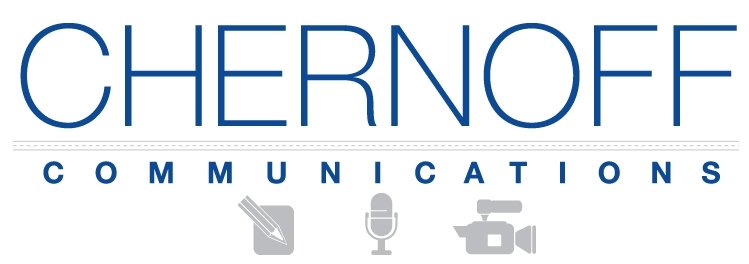Smart Media Training: The Power of the Pause
One of the great TV ads of the 1970s showed two well-dressed businessmen discussing investments over a meal at an upscale restaurant. “What does your broker say?” asks the first gentleman. “Well, my broker is E.F. Hutton. And, Hutton says...” responds his dining companion. As he pauses, the packed restaurant becomes silent, everyone turning an ear towards the conversation, hoping to hear a nugget of savvy investment advice. “When E.F. Hutton talks, people listen” declares the narrator. That tag line made E.F. Hutton a household name, and dramatically illustrated the power of the pause.
A moment of silence can be highly effective in building anticipation so your audience is eager to hear what you are about to say. Orators, actors, and comedians use pregnant pauses to great effect. But many interview subjects, especially in broadcast settings, seem afraid to pause, fearful of “dead air.” They feel they’re on the spot and must respond immediately, often causing them to begin answering a question before they really know where they’re heading. In those first few seconds of talking while searching for a message they can fall into trouble by uttering something they don’t really want to say. Or, during the course of a response, when composing answer while speaking, they repeatedly fall on a verbal crutch—“ummm,” “uhh,” “you know,”— in the process, detracting from, rather than enhancing, their credibility.
It is far, far better to simply pause for a second, collect your thoughts, then intelligently articulate precisely what you mean to say. While it is true broadcast interviews, by their very nature, are extremely quick—a segment with multiple guests may run less than three minutes—you are still permitted to be quiet for a moment. After a question is posed, give yourself the gift of a pause by allowing yourself to think for a second or two before responding. Determine where you want to go, then go there.
During the course of your answer, feel free to use a pause for dramatic effect before delivering a key point, as in the E.F. Hutton commercial. This can be accomplished nicely by prefacing an important message with a flagging statement such as, “This is really the crux of the issue,” or, “It all boils down to this,” then pause before making your point. Alternatively, after delivering a critical message, you may pause briefly to give the audience a moment to consider what you’ve just said and allow its import to settle in.
Keep this media training lesson in mind: there is no need to panic about a pause. Pauses can add power to your public appearances!


